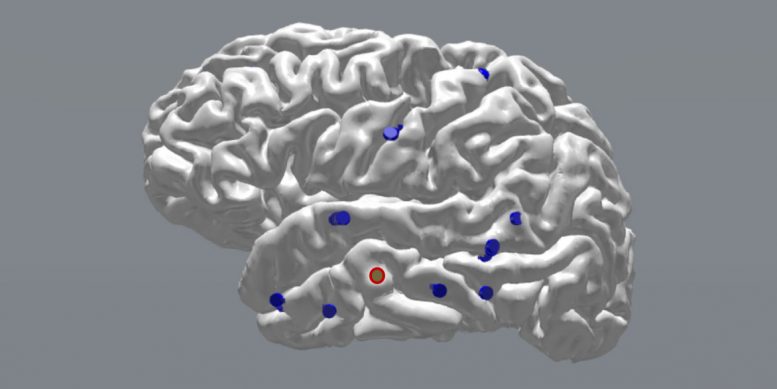
New research from the University of Pennsylvania revealed that precisely timed electrical stimulation to the lateral temporal cortex (the red circle) can reliably and significantly enhance learning and memory performance by as much as 15 percent. Blue circles indicate electrode locations used to record brain activity to determine when to apply the subtle pulses.
A new study by a team of University of Pennsylvania neuroscientists shows that precisely timed electrical stimulation to the left side of the brain can reliably and significantly enhance learning and memory performance by as much as 15 percent. It is the first time such a connection has been made and is a major advance toward the goal of Restoring Active Memory, a U.S. Department of Defense-sponsored project aimed at developing next-generation technologies to improve memory function in veterans with memory loss. The new research is published in Nature Communications.
“Our study has two novel aspects,” said Youssef Ezzyat, a senior data scientist in Penn’s psychology department in the School of Arts and Sciences and lead author on the paper. “We developed a system to monitor brain activity and trigger stimulation responsively based on the subject’s brain activity. We also identified a novel target for applying stimulation, the left lateral temporal cortex.”
In previous work by the Penn team, led by Michael Kahana, professor of psychology and RAM program principal investigator, and Daniel Rizzuto, director of cognitive neuromodulation, electrical pulses were delivered at regular intervals, independent of a subject’s success at learning. For example, during a free-recall memory task, researchers presented words on a screen for the patient to learn, and they applied brain stimulation with every other word in an effort to improve the outcome. In this case, the stimulation was not in response to specific brain-activity patterns.
In the current study, they took a different tack, one that included monitoring a patient’s brain activity in real time during a task. As the patient watched and attempted to absorb a list of words, a computer tracking and recording brain signals would make predictions based on those signals and then prompt an electrical pulse, at safe levels and unfelt by the participants, when they were least likely to remember the new information.
“During each new word the patient viewed, the system would record and analyze brain activity to predict whether the patient had learned it effectively. When the system detected ineffective learning, that triggered stimulation, closing the loop,” Ezzyat said.
After stimulation was turned off, the system would again listen to the subject’s brain activity, waiting for the next appropriate opportunity to generate the pulse.
The study involved 25 neurosurgical patients receiving treatment for epilepsy. Patients participated at clinical sites across the country, including the Hospital of the University of Pennsylvania, Thomas Jefferson University Hospital, University of Texas Southwestern, Emory University Hospital, Dartmouth-Hitchcock Medical Center, and Mayo Clinic. All subjects had already had electrodes implanted in their brains as part of routine clinical treatment for epilepsy.
To build the models that used brain activity to make predictions, each participant performed the free-recall memory task during at least three 45-minute sessions before the Penn team introduced any closed-loop stimulation; multiple sessions increased the confidence that the brain activity linked to ineffective learning reflected a true pattern rather than an accidental blip. Patients then took part in at least one session involving brain stimulation.
“By developing patient-specific, personalized, machine-learning models,” Kahana said, “we could program our stimulator to deliver pulses only when memory was predicted to fail, giving this technology the best chance of restoring memory function. This was important because we knew from earlier work that stimulating the brain during periods of good function was likely to make memory worse.”
With this finding, the four-year RAM project comes closer to a fully implantable neural monitoring and stimulation system. The researchers said they believe there is great potential for the therapeutic benefits of this stimulation, particularly for people with traumatic brain injury and Alzheimer’s disease.
“Now we know more precisely,” Rizzuto said, “where to stimulate the brain to enhance memory in patients with memory disorders, as well as when to stimulate to maximize the effect.”
Michael Sperling, clinical study investigator at Thomas Jefferson University Hospital, added, “We are now able to monitor when the brain seems to be going off course and to use stimulation to correct the trajectory. This finding took an incredible amount of effort by not only the researchers but also by our patients, who were extraordinarily dedicated to participating in this project so that others might be helped.”
Reference: “Closed-loop stimulation of temporal cortex rescues functional networks and improves memory” by Youssef Ezzyat, Paul A. Wanda, Deborah F. Levy, Allison Kadel, Ada Aka, Isaac Pedisich, Michael R. Sperling, Ashwini D. Sharan, Bradley C. Lega, Alexis Burks, Robert E. Gross, Cory S. Inman, Barbara C. Jobst, Mark A. Gorenstein, Kathryn A. Davis, Gregory A. Worrell, Michal T. Kucewicz, Joel M. Stein, Richard Gorniak, Sandhitsu R. Das, Daniel S. Rizzuto and Michael J. Kahana, 6 February 2018, Nature Communications.
DOI: 10.1038/s41467-017-02753-0

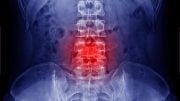
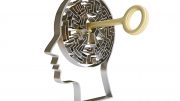
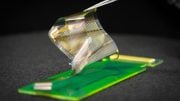

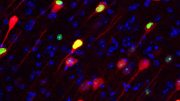
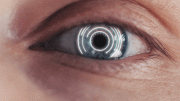

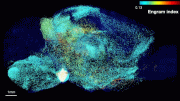
How far our scientist reached about finding the treatment for strock?and we want to know causes of the desease.